人教版高中英语选修6 Unit 1 Art reading课件(共35张PPT)
文档属性
| 名称 | 人教版高中英语选修6 Unit 1 Art reading课件(共35张PPT) | 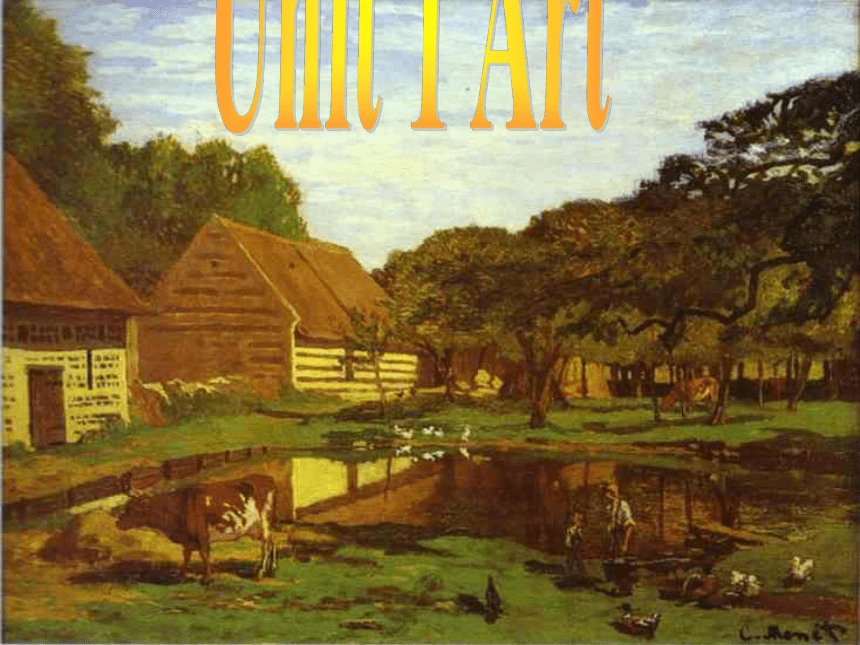 | |
| 格式 | zip | ||
| 文件大小 | 3.3MB | ||
| 资源类型 | 教案 | ||
| 版本资源 | 人教版(新课程标准) | ||
| 科目 | 英语 | ||
| 更新时间 | 2019-07-25 18:31:55 | ||
图片预览

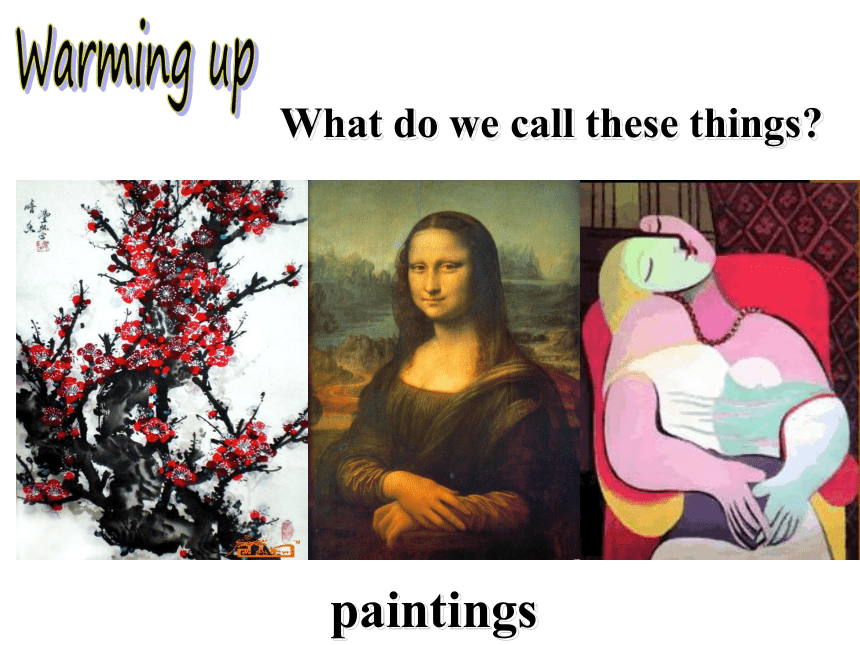
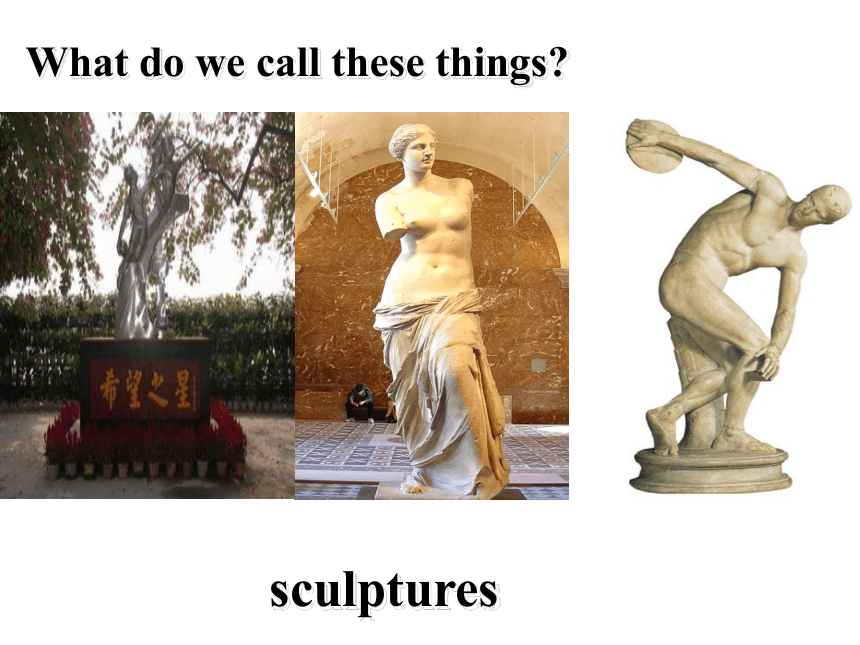
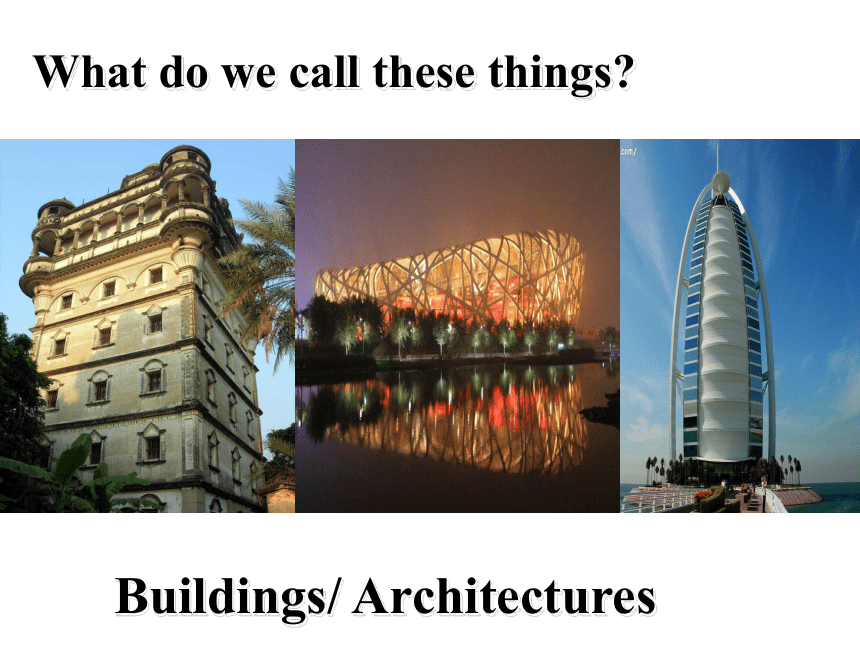

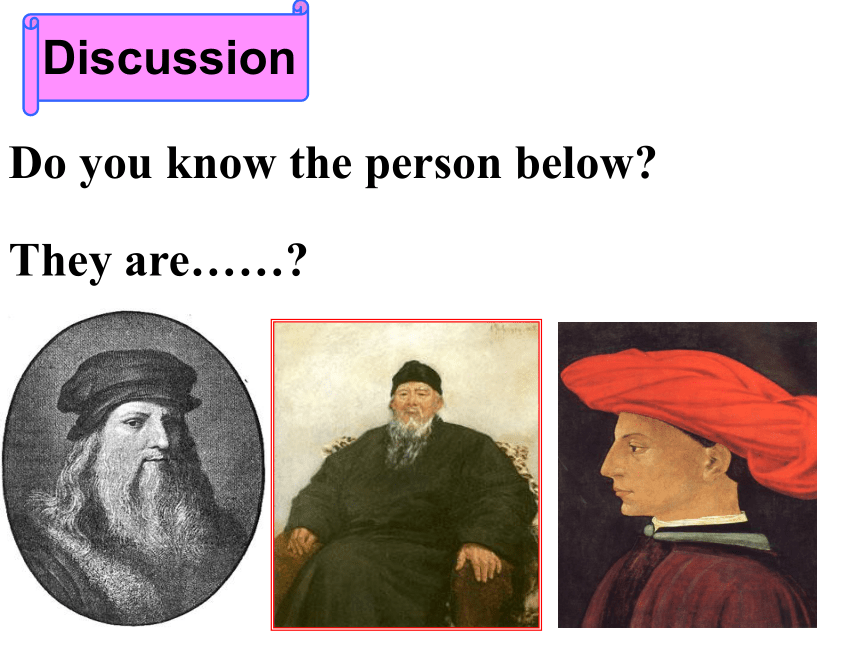
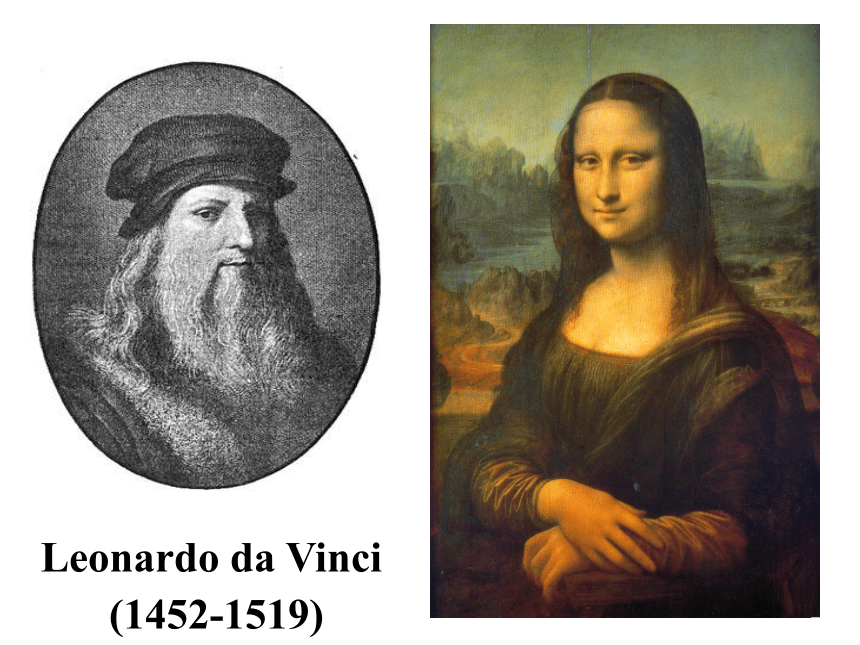
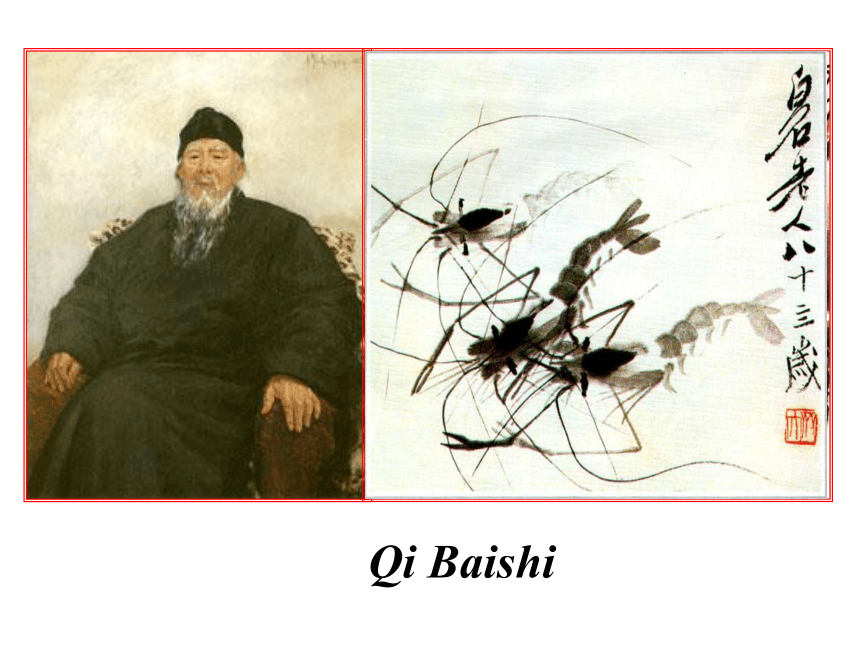
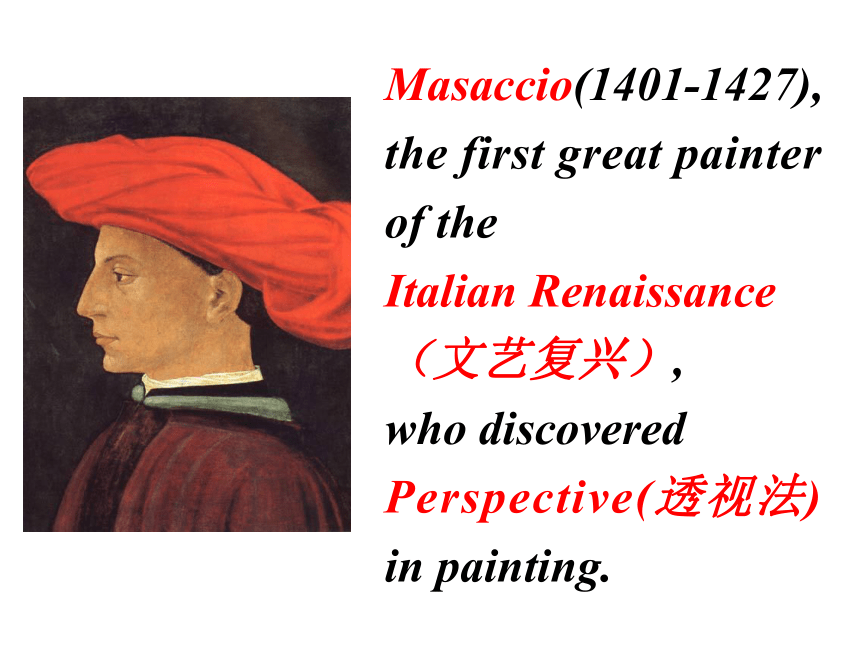
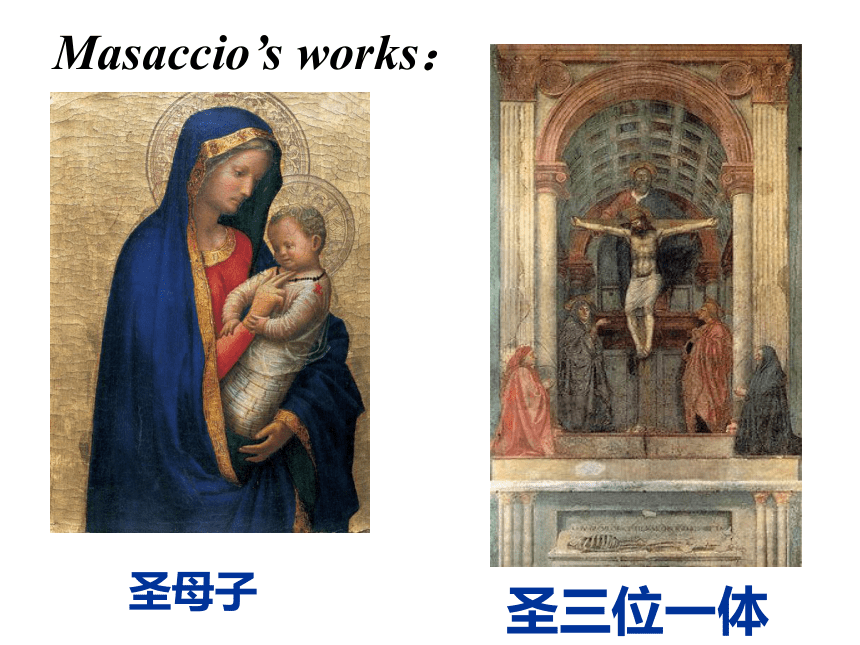
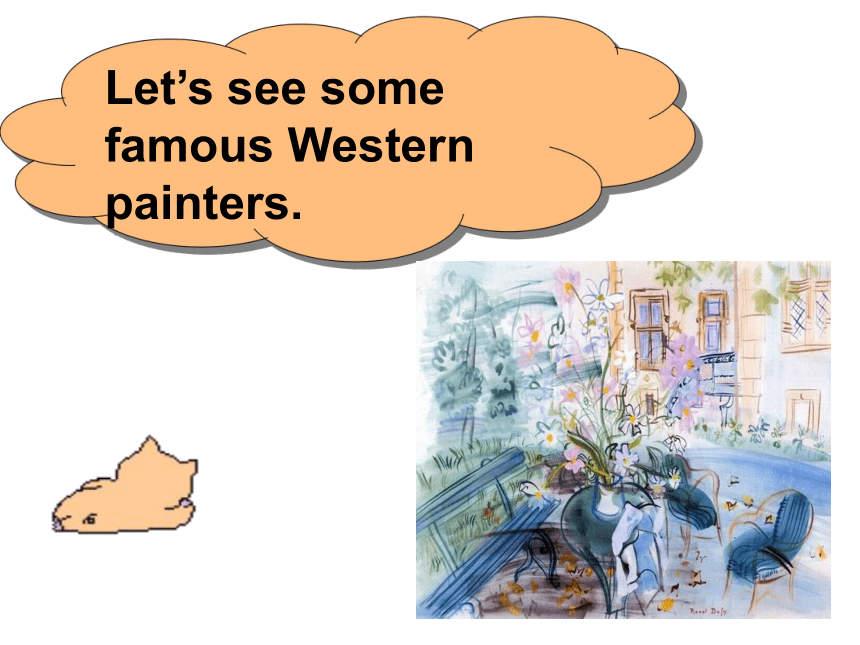

文档简介
(共35张PPT)
What do we call these things?
paintings
What do we call these things?
sculptures
Buildings/ Architectures
What do we call these things?
It makes the environment beautiful and our life colorful!
art
Do you know the person below?
They are……?
Discussion
Leonardo da Vinci
(1452-1519)
Qi Baishi
Masaccio(1401-1427), the first great painter of the
Italian Renaissance
(文艺复兴),
who discovered
Perspective(透视法) in painting.
圣母子
圣三位一体
Masaccio’s works:
Let’s see some famous Western painters.
Giotto di Bondone
乔托·迪·邦多纳
A Judas Kiss
犹大之吻
Raffaello
(1483-1520)
拉斐尔
The School of Athens
《雅典学院》
Sunflowers
向日葵
Van Gogh
凡高
Reading
What were the artists interested in from 5th to 15th century AD?
2. What new technique was discovered in the Renaissance? And who first used it?
3. Why did the impressionists have to paint quickly?
Skimming
Skim the text and answer the following questions.
1. What were the artists interested in from 5th to 15th century AD?
Creating _______ and ____ for God.
respect
love
2. What new technique was discovered in the Renaissance? And who first used it?
How to draw things in __________ was discovered.
And ________ first used it.
perspective
Masaccio
3. Why did the impressionists have to paint quickly?
Because the natural light _______ quickly, they had to paint quickly.
changes
1. Which of the following statements is true?
2. Why did most people hate the impressionists’ style of painting at first?
3. In the Renaissance, the painter---
4. Who discovered how to make paintings look more real by using perspective?
5. What does the text mainly tell us?
Scanning
Read the text and choose the correct for the following questions.
1. Which of the following statements is true?
A. Paintings in Middle Ages were very abstract.
B. Western art has changed a lot since the 5th century.
C. Impressionist paintings were painted mainly indoors.
D. Modern art began in the Renaissance.
Read the text and choose the correct answers.
2. In the Renaissance, painters___.
Painted religious scenes in a more realistic style.
B. focused more on religion than on humans.
C. began to paint outdoors.
D. returned to classical Roman and Greek ideas about art.
3. ____discovered how to make paintings look more real by using perspective.
Giotto di Bondone.
Masaccio.
Claude Monet.
D. Pablo Picasso
4. At first most people hated the impressionists’ style of painting, because they thought_____.
their painting were very abstract.
their painting were very realistic.
they broke away from the traditional style of painting.
D. their paintings were very ridiculous.
5. What does the text mainly tell us?
How religious painting developed.
How oil painting developed.
How impressionist painting developed.
D. How western art developed.
Western art has changed very little over the last seventeen century.
Paintings in the Middle Ages did not use perspective.
Impressionists painted landscapes.
True or False
F
T
T
You can’t recognize any object in abstract modern art.
In the Renaissance most artists painted indoors.
6. Abstract art is still an art style today.
T
T
T
True or False
Detail reading
Read the passage carefully. Then complete the chart.
三、阅读课文,然后完成下列表格
religious themes
a more humanistic
they really were
how light and shadow
ridiculous
abstract
Styles Characteristic
The Middle
Ages The main aim of painters was to represent
(1)_______________.
The
Renaissance People adopted (2)__________________ attitude to
life and painters tried to paint people and nature as
(3)_________________.
Impressionism The Impressionists worked outdoors and were eager
to show (4)___________________ fell on objects at
different times of day, but many people said this kind
of paintings were (5)________.
Modern Art Some modern art is (6)________; some modern art
is realistic.
Now can you tell which period the following pictures belong to?
Middle Ages
Renaissance
Impressionism
Modern art
Assignment
1. Please review the new words in the passage we have just learned.
2. Surf the Internet to find out more information on western paintings.
3. Predict what styles of painting there will be in the future.
What do we call these things?
paintings
What do we call these things?
sculptures
Buildings/ Architectures
What do we call these things?
It makes the environment beautiful and our life colorful!
art
Do you know the person below?
They are……?
Discussion
Leonardo da Vinci
(1452-1519)
Qi Baishi
Masaccio(1401-1427), the first great painter of the
Italian Renaissance
(文艺复兴),
who discovered
Perspective(透视法) in painting.
圣母子
圣三位一体
Masaccio’s works:
Let’s see some famous Western painters.
Giotto di Bondone
乔托·迪·邦多纳
A Judas Kiss
犹大之吻
Raffaello
(1483-1520)
拉斐尔
The School of Athens
《雅典学院》
Sunflowers
向日葵
Van Gogh
凡高
Reading
What were the artists interested in from 5th to 15th century AD?
2. What new technique was discovered in the Renaissance? And who first used it?
3. Why did the impressionists have to paint quickly?
Skimming
Skim the text and answer the following questions.
1. What were the artists interested in from 5th to 15th century AD?
Creating _______ and ____ for God.
respect
love
2. What new technique was discovered in the Renaissance? And who first used it?
How to draw things in __________ was discovered.
And ________ first used it.
perspective
Masaccio
3. Why did the impressionists have to paint quickly?
Because the natural light _______ quickly, they had to paint quickly.
changes
1. Which of the following statements is true?
2. Why did most people hate the impressionists’ style of painting at first?
3. In the Renaissance, the painter---
4. Who discovered how to make paintings look more real by using perspective?
5. What does the text mainly tell us?
Scanning
Read the text and choose the correct for the following questions.
1. Which of the following statements is true?
A. Paintings in Middle Ages were very abstract.
B. Western art has changed a lot since the 5th century.
C. Impressionist paintings were painted mainly indoors.
D. Modern art began in the Renaissance.
Read the text and choose the correct answers.
2. In the Renaissance, painters___.
Painted religious scenes in a more realistic style.
B. focused more on religion than on humans.
C. began to paint outdoors.
D. returned to classical Roman and Greek ideas about art.
3. ____discovered how to make paintings look more real by using perspective.
Giotto di Bondone.
Masaccio.
Claude Monet.
D. Pablo Picasso
4. At first most people hated the impressionists’ style of painting, because they thought_____.
their painting were very abstract.
their painting were very realistic.
they broke away from the traditional style of painting.
D. their paintings were very ridiculous.
5. What does the text mainly tell us?
How religious painting developed.
How oil painting developed.
How impressionist painting developed.
D. How western art developed.
Western art has changed very little over the last seventeen century.
Paintings in the Middle Ages did not use perspective.
Impressionists painted landscapes.
True or False
F
T
T
You can’t recognize any object in abstract modern art.
In the Renaissance most artists painted indoors.
6. Abstract art is still an art style today.
T
T
T
True or False
Detail reading
Read the passage carefully. Then complete the chart.
三、阅读课文,然后完成下列表格
religious themes
a more humanistic
they really were
how light and shadow
ridiculous
abstract
Styles Characteristic
The Middle
Ages The main aim of painters was to represent
(1)_______________.
The
Renaissance People adopted (2)__________________ attitude to
life and painters tried to paint people and nature as
(3)_________________.
Impressionism The Impressionists worked outdoors and were eager
to show (4)___________________ fell on objects at
different times of day, but many people said this kind
of paintings were (5)________.
Modern Art Some modern art is (6)________; some modern art
is realistic.
Now can you tell which period the following pictures belong to?
Middle Ages
Renaissance
Impressionism
Modern art
Assignment
1. Please review the new words in the passage we have just learned.
2. Surf the Internet to find out more information on western paintings.
3. Predict what styles of painting there will be in the future.
